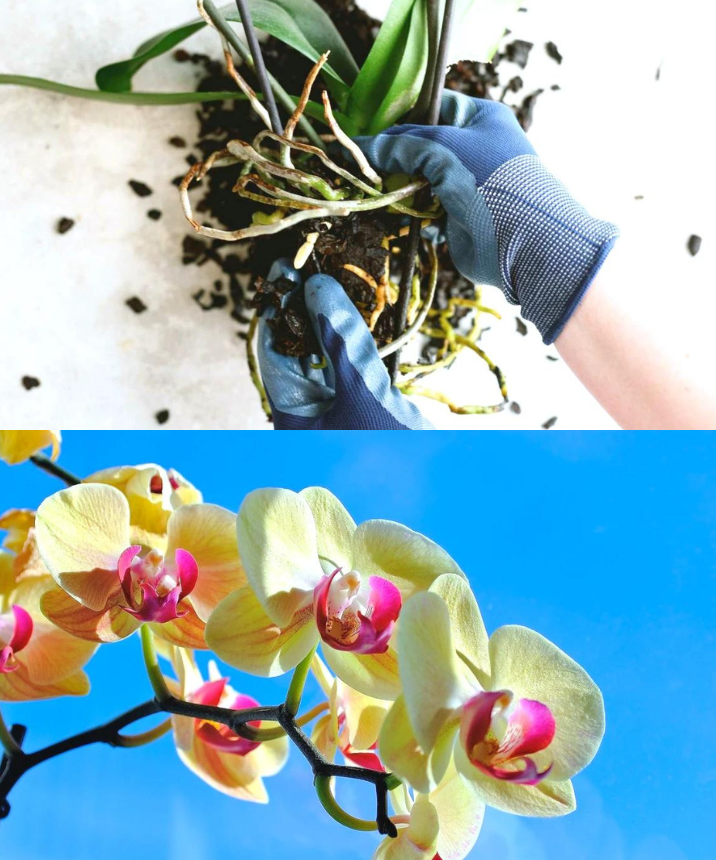Orchids are exotic plants cherished for their magnificent flowers and longevity. However, to maintain their health and encourage abundant flowering, it’s essential to practice regular pruning. In this article, we’ll explore the proper pruning techniques for orchids, as well as the best care practices to ensure their prosperity.
When to Prune Orchids?
Pruning orchids is generally recommended after flowering, when they begin to enter a dormant period. This usually occurs once a year, although it can vary depending on the type of orchid and growing conditions. For most orchids, the best time to prune is typically between late winter and early spring.
How to Prune Orchids?
- Inspect the plant: Before starting pruning, carefully examine the plant to identify wilted flower stalks and sections of dead or damaged leaves.
- Trim wilted flower stalks: Use clean, sharp scissors to cut flower stalks at the point where they meet the main stem. Ensure to cut just above a node or lateral bud to encourage new growth.
- Remove dead foliage: Gently remove yellowing, wilted, or damaged leaves by cutting them at their base. Be careful not to damage the stems or rhizomes during the process.
- Stimulate growth: To encourage new shoots and abundant flowering, consider applying a balanced fertilizer after pruning. Choose a fertilizer specially formulated for orchids and follow the manufacturer’s instructions for optimal results.
Best Care Practices for Orchids
In addition to pruning, here are some additional tips for caring for your orchids and encouraging lush flowering:
- Lighting: Place your orchids in a bright but indirect light location, away from direct sunlight. Too much intense light can scorch the delicate leaves of the plant.
- Watering: Water your orchids regularly but moderately, avoiding water accumulation at the bottom of the pot. Also, ensure good drainage by using an appropriate substrate.
- Humidity: Orchids prefer high relative humidity, which can be achieved by placing a water tray under the pot or using an air humidifier.
- Temperature: Keep your orchids in a warm and stable environment, with daytime temperatures between 18 and 25 degrees Celsius and slightly cooler nighttime temperatures.
By following these pruning and care tips, you can help your orchids thrive and produce beautiful flowers year after year. Don’t forget to carefully observe your plant and adjust your care according to its specific needs.
